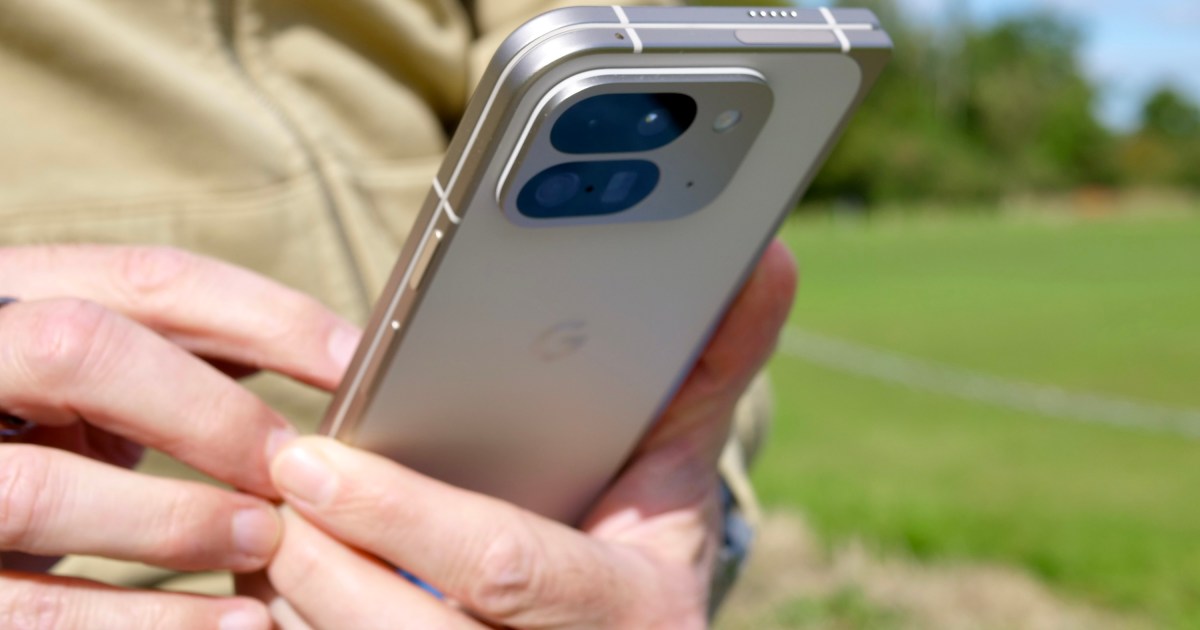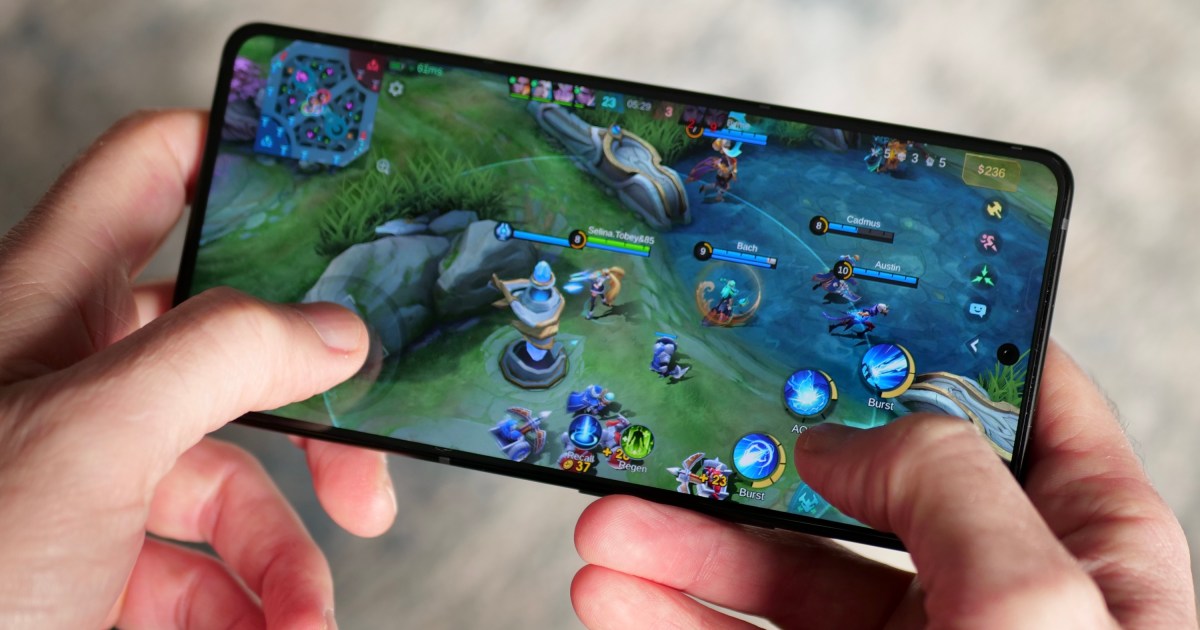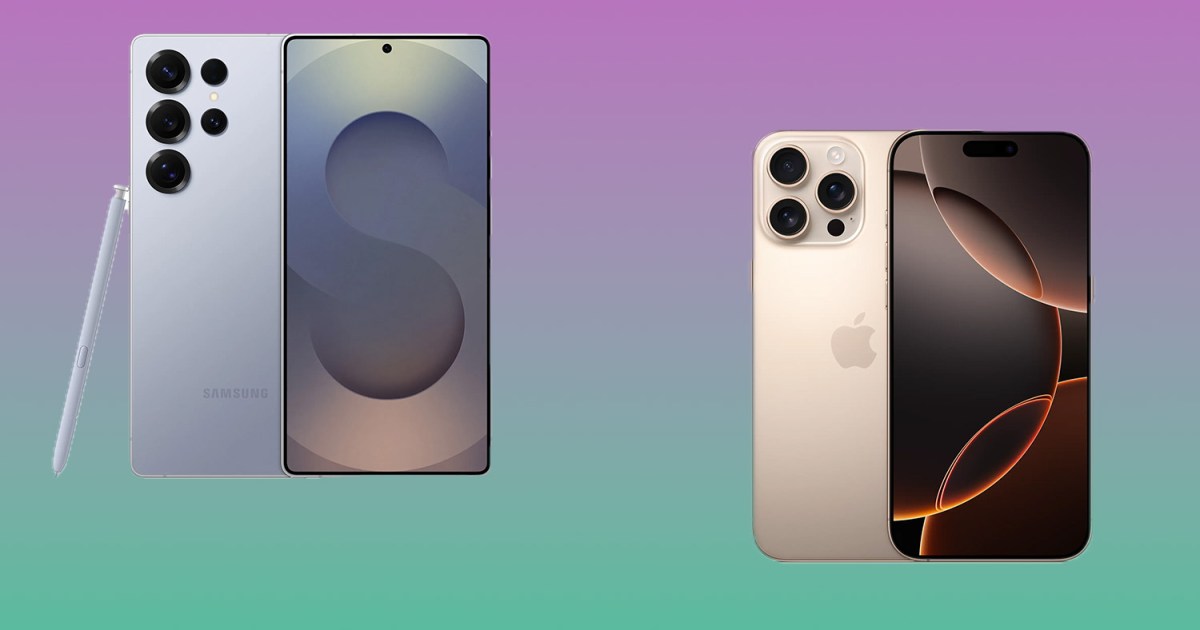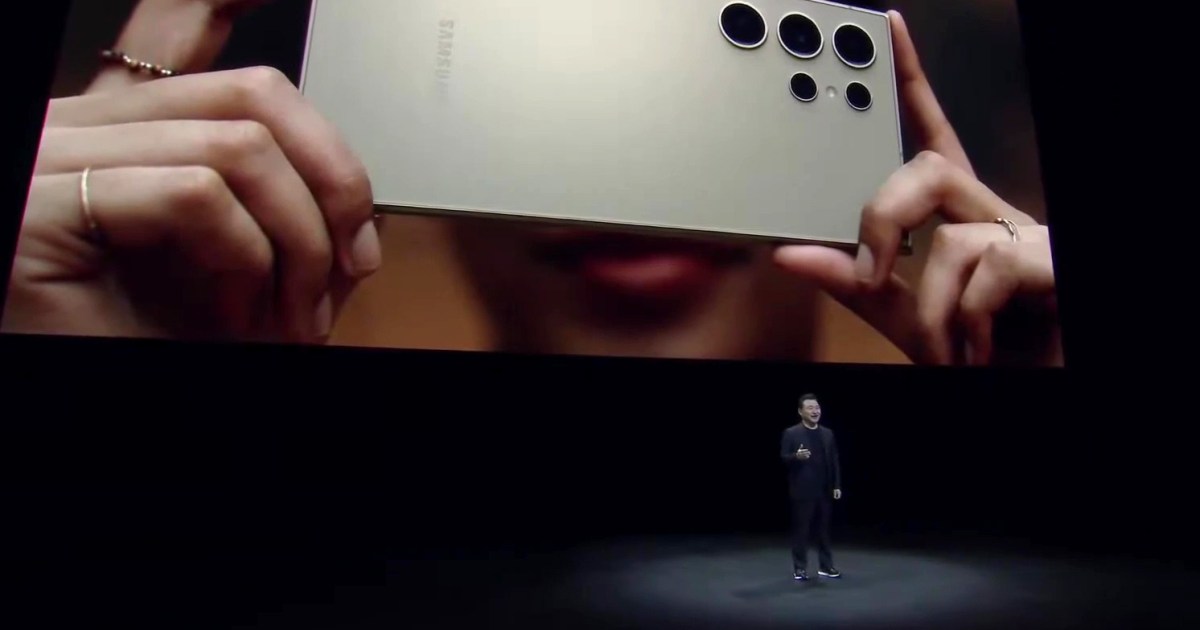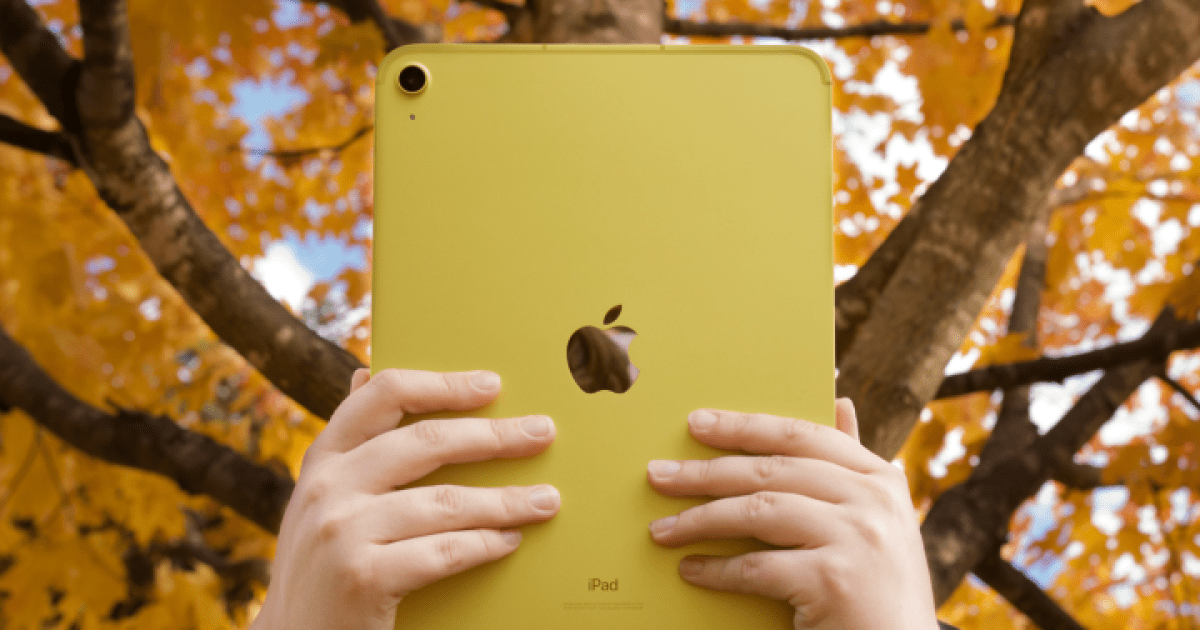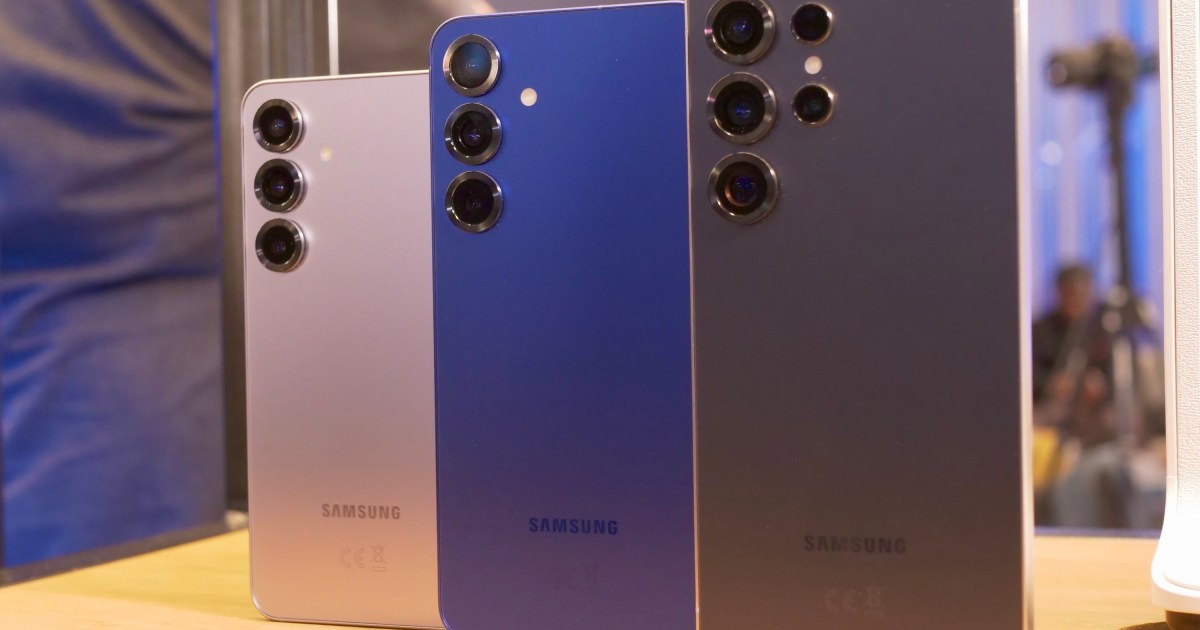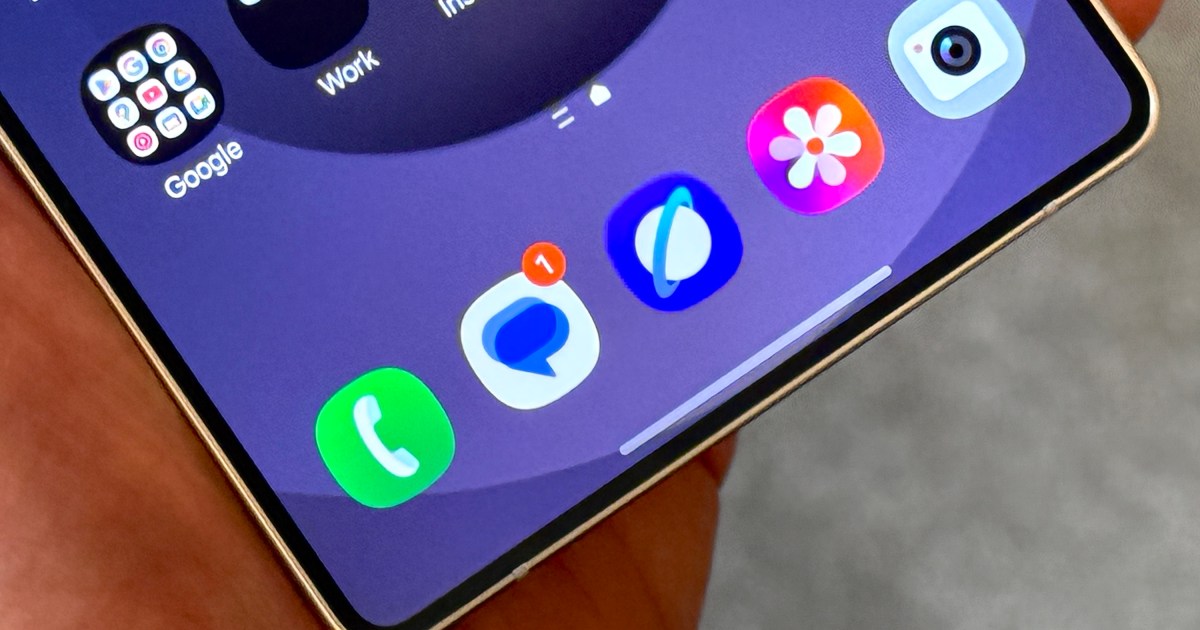Our everyday interactions with smartphones, the swipes and taps we make, may reveal more about our decision-making processes than we realize. Research from the University of Alberta’s Actions in Complex Environments Laboratory suggests these movements hold valuable insights that could impact fields from healthcare to recruitment and even app design.
This groundbreaking research posits that the way we move on a touchscreen offers a unique window into our cognitive processes. “As decisions require actions to have an effect on the world, measures derived from movements such as using a mouse to control a cursor on a screen provide powerful and dynamic indices of decision-making,” states the research paper. Furthermore, touchscreens offer even richer data compared to traditional computer interfaces when it comes to understanding indecision.
Associate Professor Craig Chapman, a key researcher on the project, explained to Phys.org, “We can actually understand a lot of what’s going on inside someone’s head by carefully measuring what’s going on outside their head.” In the study, participants used Android smartphones and tablets to complete timed trials involving decisions and corresponding taps and swipes. These trials focused on what the researchers termed “reach-decisions,” where choices were presented at different locations on the screen.
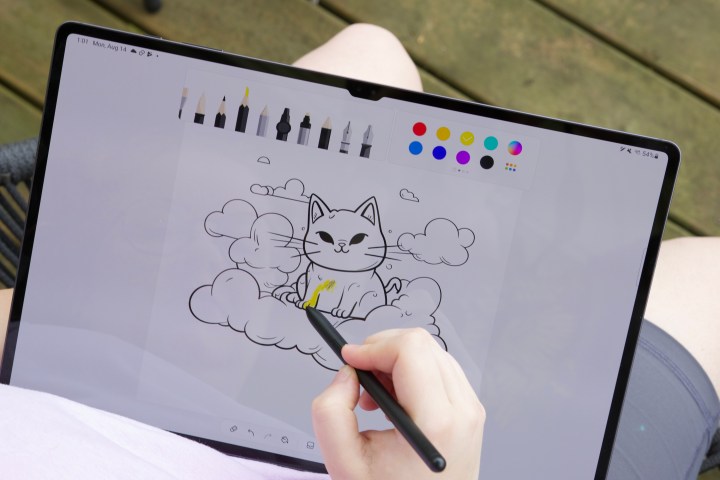 A person uses the S Pen to interact with the Samsung Galaxy Tab S9 Ultra.
A person uses the S Pen to interact with the Samsung Galaxy Tab S9 Ultra.
Chapman highlights the advantage of touch devices: “We think touch devices are perhaps even better for revealing movement signatures of decision-making because you have to move and interact in a more realistic way.” The study found that difficult decisions correlated with longer reaction times, increased movement times, and more curved swipe trajectories compared to easier decisions.
Potential Applications Across Diverse Fields
The potential applications of this research are vast. Chapman envisions its use as a “transformative” tool in various contexts. In healthcare, clinicians could track patient recovery and rehabilitation progress using movement data, identifying areas where additional support is needed. In human resources, this technology could revolutionize hiring assessments, offering insights into how candidates handle indecision and make choices.
 Close-up view of a finger interacting with a touchscreen.
Close-up view of a finger interacting with a touchscreen.
Optimizing User Interface and Experience
The implications extend to user interface and user experience design. The research suggests that the data collected can “optimize the collection of decision information,” identifying movement patterns that are “most sensitive for a particular task.” This could enable app developers to strategically place buttons for purchases or other crucial call-to-actions, potentially minimizing user indecision and maximizing conversion rates.
The complete research paper, available here, provides a detailed analysis of the study’s methodology and how it builds upon previous research focused on computer mouse movements. This innovative approach to understanding decision-making through movement analysis promises to open new avenues for research and application across diverse fields.



